5 Key Trends in Cloud Computing in 2023
Cloud computing has become one of the fastest-emerging technologies in the IT industry. Though the technology has been around for over a decade, its usage has increased exponentially in recent years. Considering this upward trend, cloud computing is bound to become the most talked about technology in 2023.
Before we take a look at the major trends, here are some interesting stats about the cloud computing market:
- The cloud computing market is expected to reach over $1 trillion by 2028.
- Within a span of 10 years, i.e., between 2010 to 2020, the market grew by a massive 635 percent.
- As per stats, an organization can save up to 40 percent by migrating to cloud computing.
- A survey by Accenture revealed that companies could save up to 64 percent in their energy consumption costs and reduce their carbon emissions by up to 64 percent by migrating to cloud computing!
What are the trends in cloud computing in 2023? Let’s find out.
-
AI and ML integration into cloud computing
With the increase in demand for cloud computing, the integration of AI and ML in cloud computing will rise in 2023. A recent survey stated that the cloud AI market will be valued at $13.1 billion by 2026, registering a CAGR of 20.3 percent for 2021-26. This is a massive jump from the value of $5.2 billion in 2020. Companies can use AI and ML with cloud computing for various applications such as digital asset management, virtual assistants, reality-as-a-service, cloud-based security for applications, and much more. AI and ML will…
- increase automation in cloud computing
- enhance self-learning capabilities
- enhance data security and privacy
- create more personalized cloud experiences
Also, read 5 Software Development Trends in 2023: AI, ML, and Big Data Solutions
-
Kubernetes and Docker to manage cloud deployment
Docker and Kubernetes offer a platform to deliver software in packages called containers. Using Docker and Kubernetes in managing cloud deployment will help in large-scale deployments. Both platforms offer the following:
- High scalability
- High efficiency
- Cloud deployment automation
- Flexible sharing of resources
- Quick and low-cost deployment
The later versions of Docker have Kubernetes built-in to provide the ability to automate and manage all the containerized applications that the developers build using Docker.
Related post: Here’s How You Can Use Docker to Test and Deploy Web Applications
-
Data security on cloud computing
Data security is a major concern hampering the adoption of cloud computing on a large scale. Several reasons, such as software bugs, human errors, etc., can lead to a security breach. Some of the major data security challenges while using cloud computing are:- Exposed APIs can result in non-authorized personnel gaining access to the cloud data.
- Data breaches can occur as a result of misconfigurations or insecure cloud infrastructure.
- Loss of data is yet another threat associated with cloud computing. This loss can happen for various reasons like insufficient data backups, software corruption, natural disasters, unintentional data deletion, etc.
Developers can use encryption, access control, and activity monitoring on the cloud to prevent such data breaches in 2023.
-
Hybrid cloud solutions
A private cloud ensures high processing power. And so this solution is quite popular among users.
We can expect businesses to choose a hybrid cloud in 2023 for the following reasons:- They get the best of both worlds (private and public cloud)
- More flexibility
- Highly cost-effective
- Able to perform critical data processing
- Highly scalable
The hybrid cloud market is projected to reach a value of over $260 billion by 2027. Over 70 percent of organizations around the globe have a strategy or a set infrastructure to successfully adopt hybrid cloud technology.
-
Cloud cost optimization
Several companies are trying to better optimize their expenditure on IT services. Therefore, cloud service providers will create cost-effective cloud solutions and ensure high levels of performance and availability. The cloud service providers will have to use the resources at their disposal efficiently and offer optimization of cloud workloads to ensure the cost-effectiveness of cloud services.
So, these are the five major trends in cloud computing that you’ll witness in 2023. In addition to these, we may also see other trends like serverless computing, cloud monitoring, and disaster recovery in the cloud computing space.
Are you looking to hire software developers well-versed in cloud computing? Turing can help. Hire the top 1 percent of 2M+ software developers from across the globe, pre-vetted by Turing’s AI-driven matching system. Head to the Hire Developers page now!
Tell us the skills you need and we'll find the best developer for you in days, not weeks.
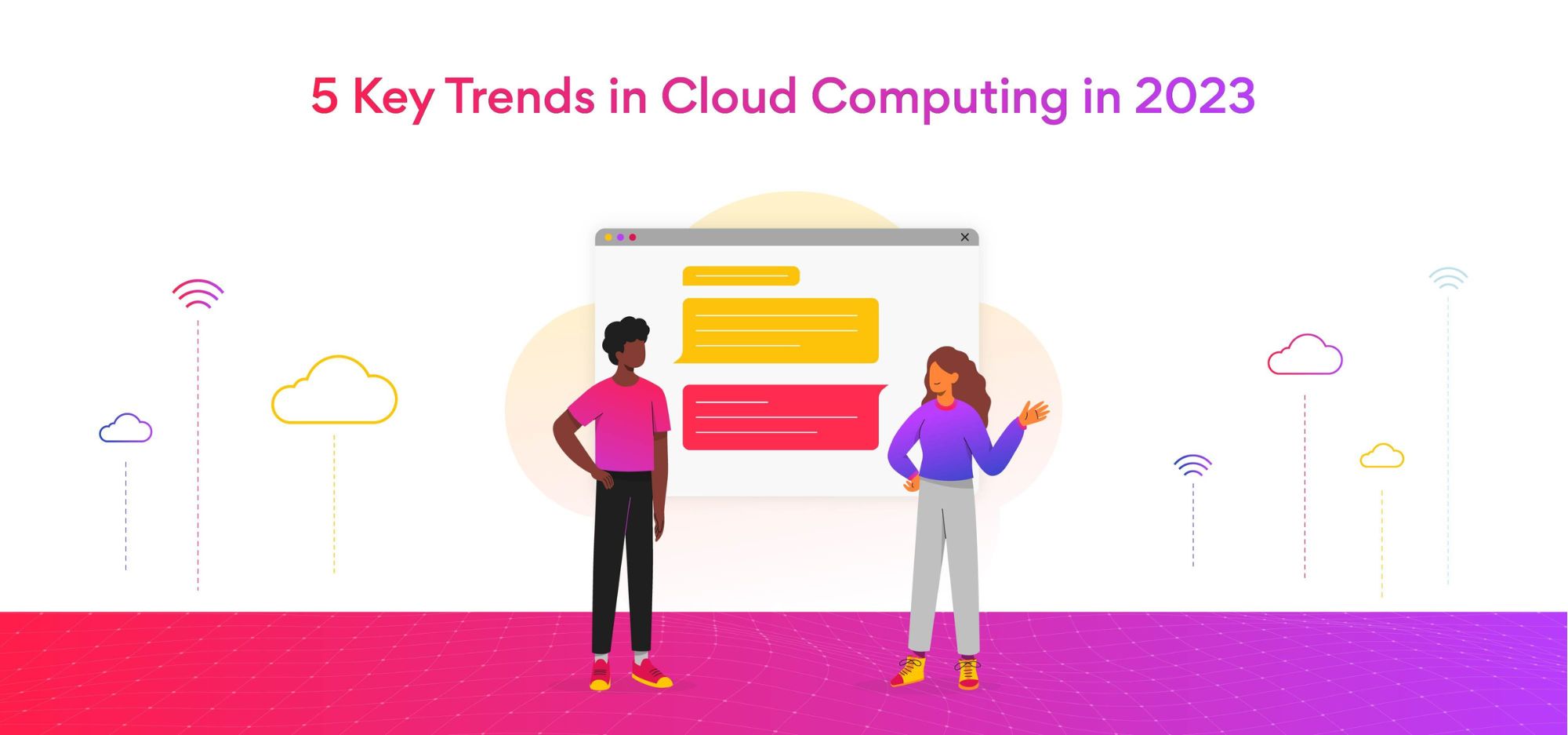





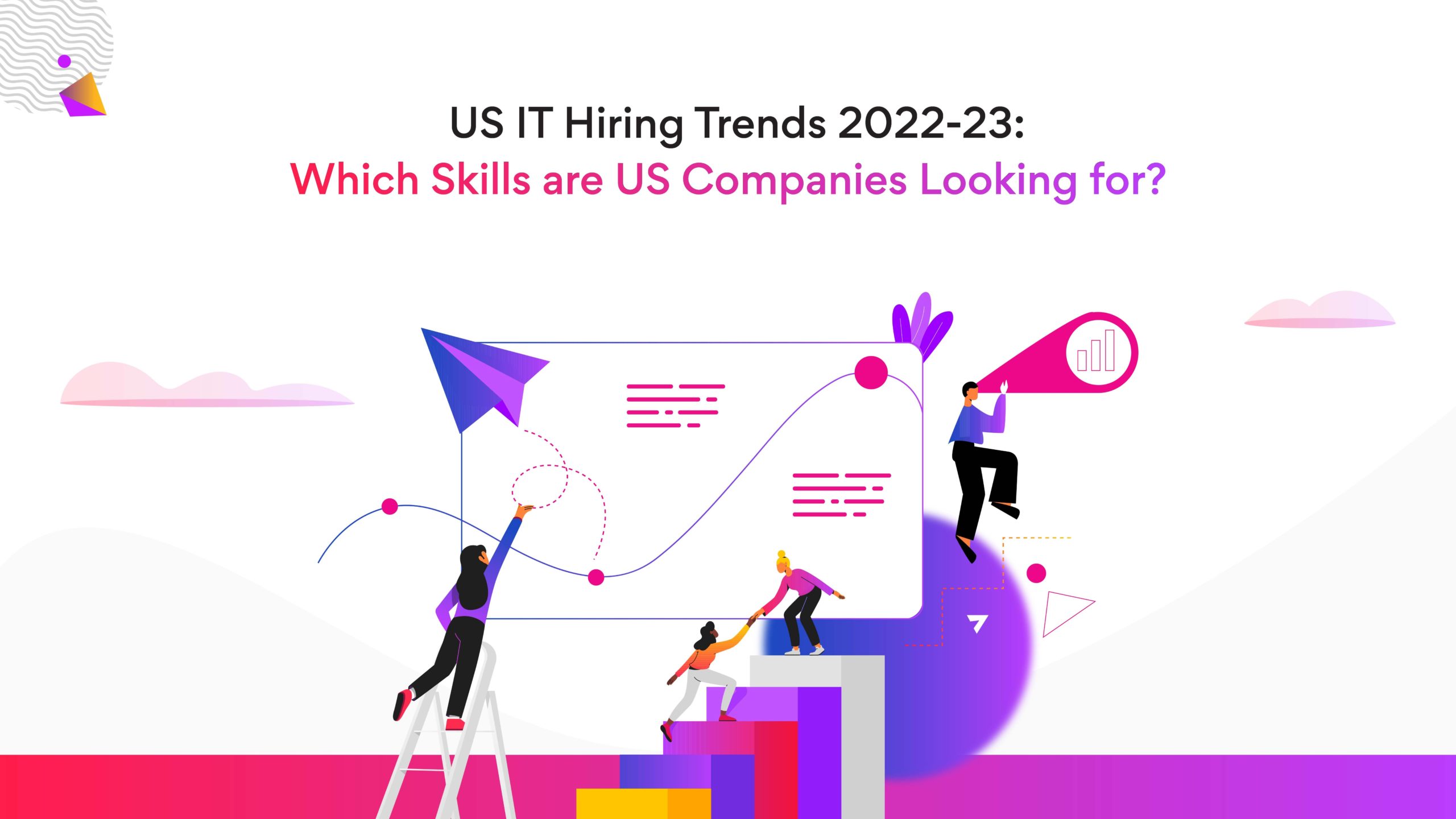
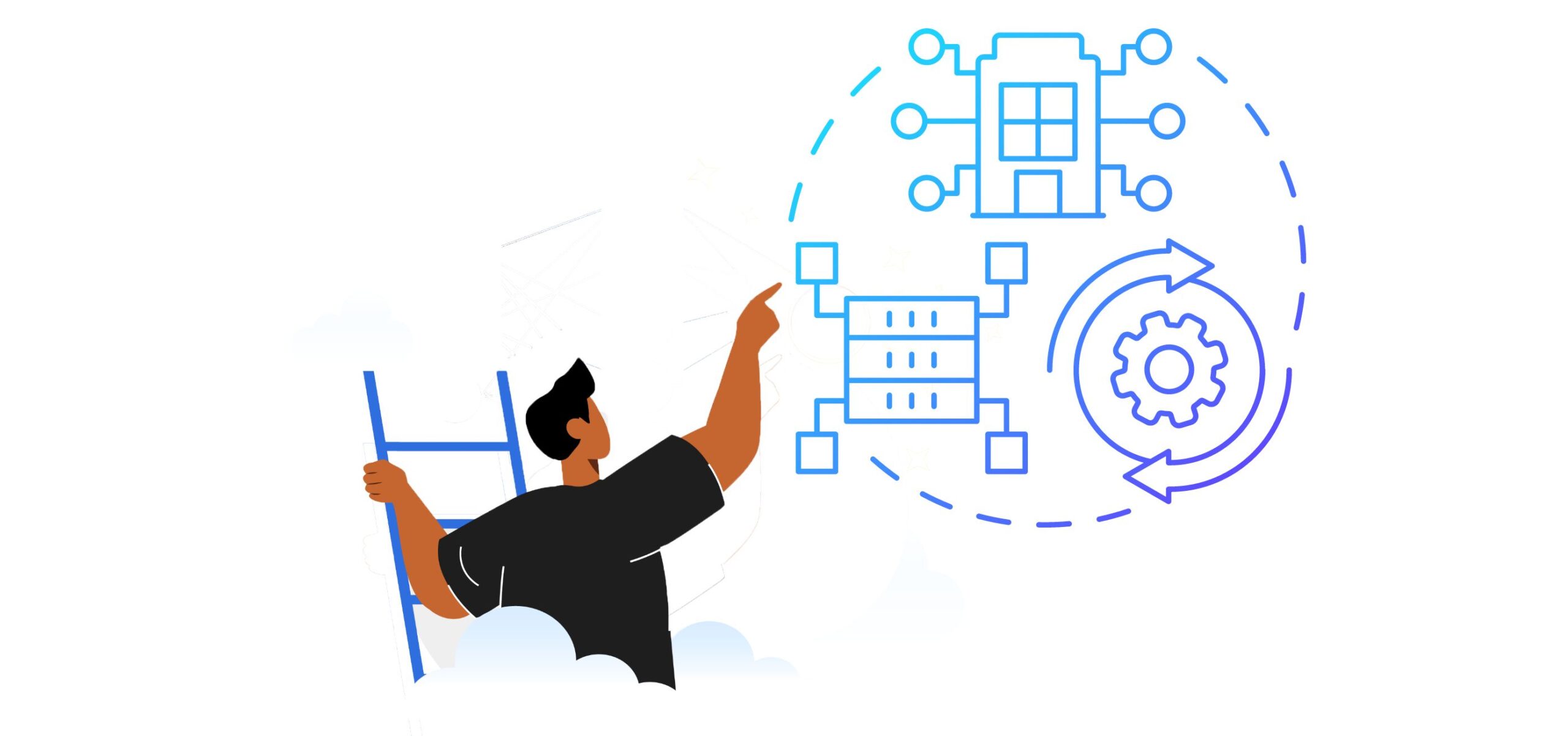
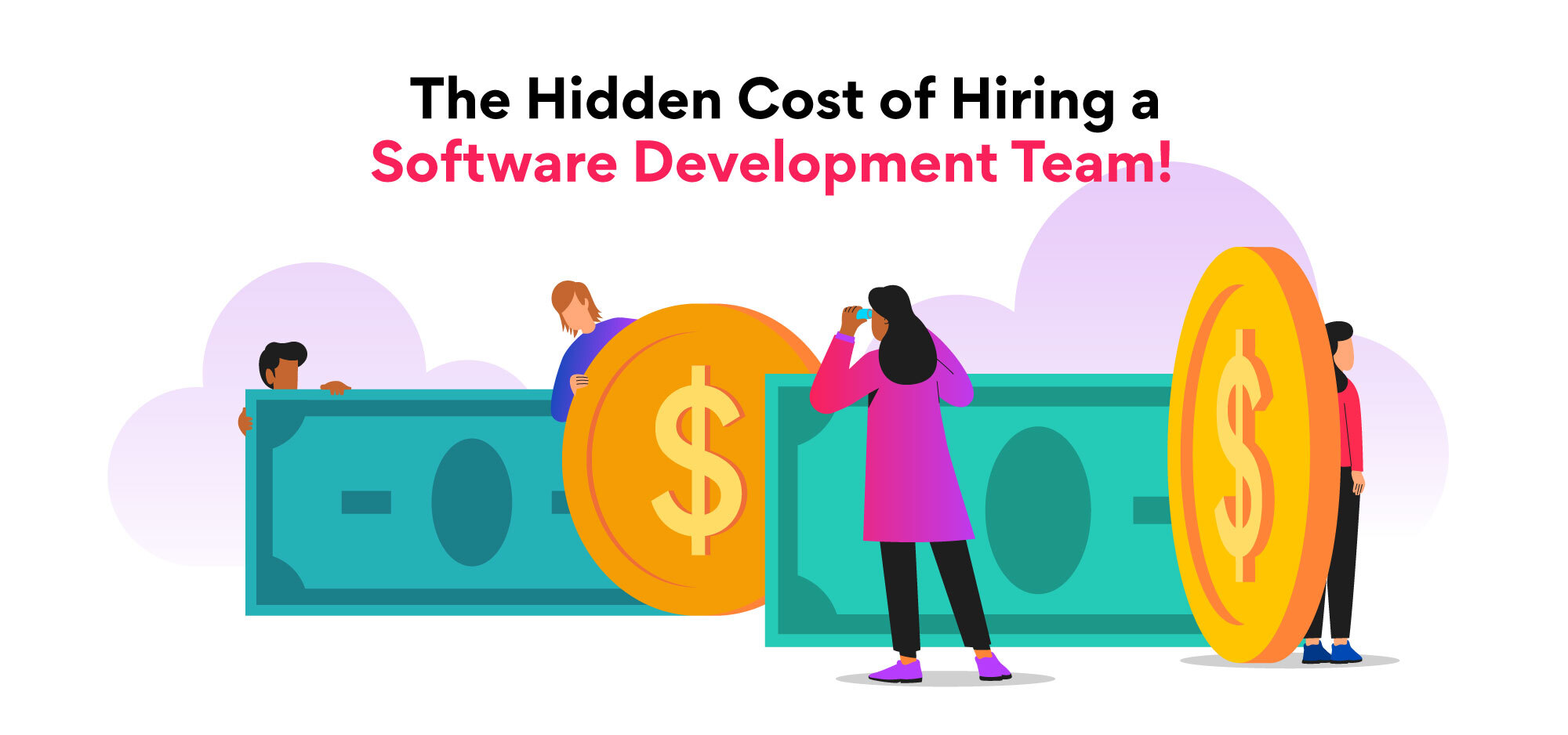
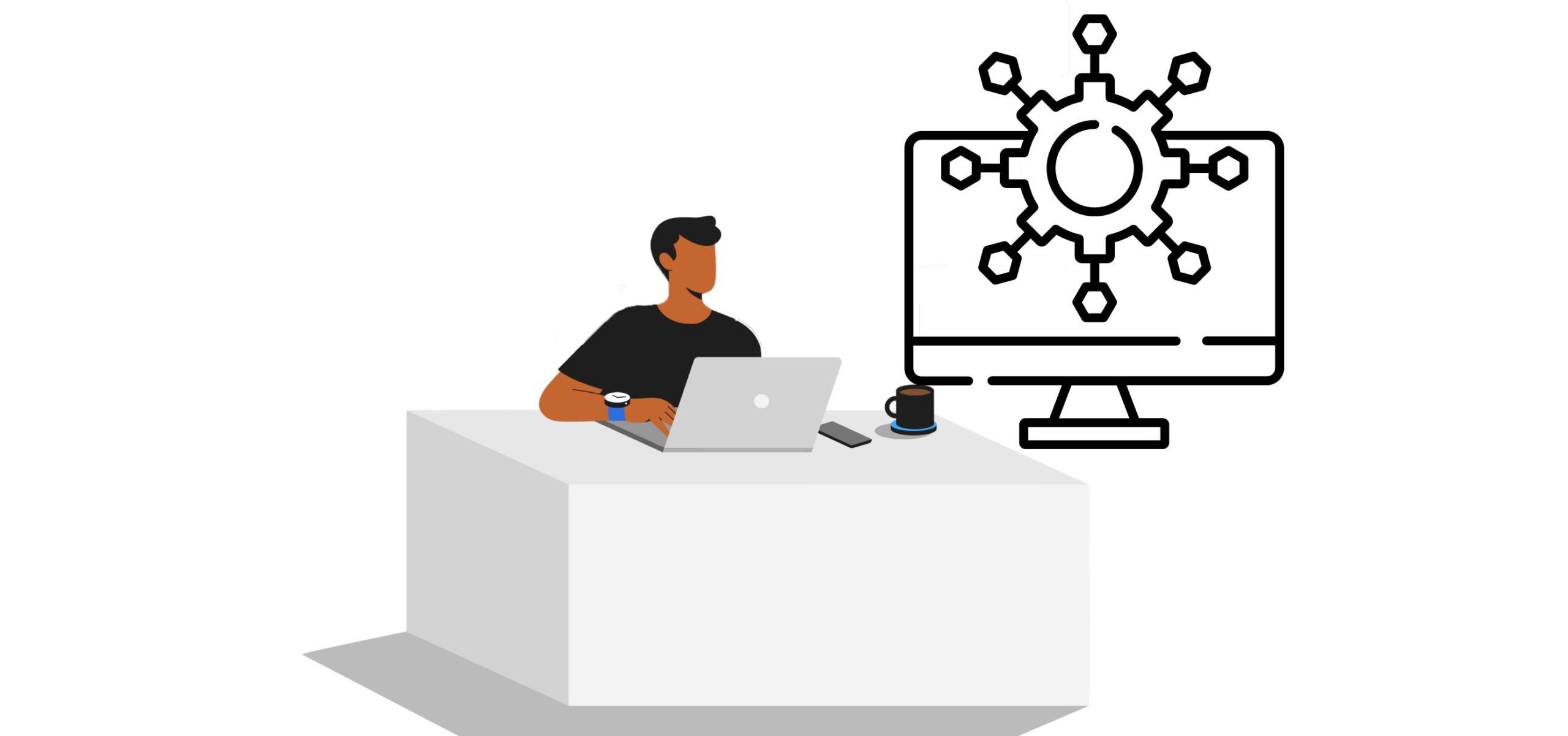
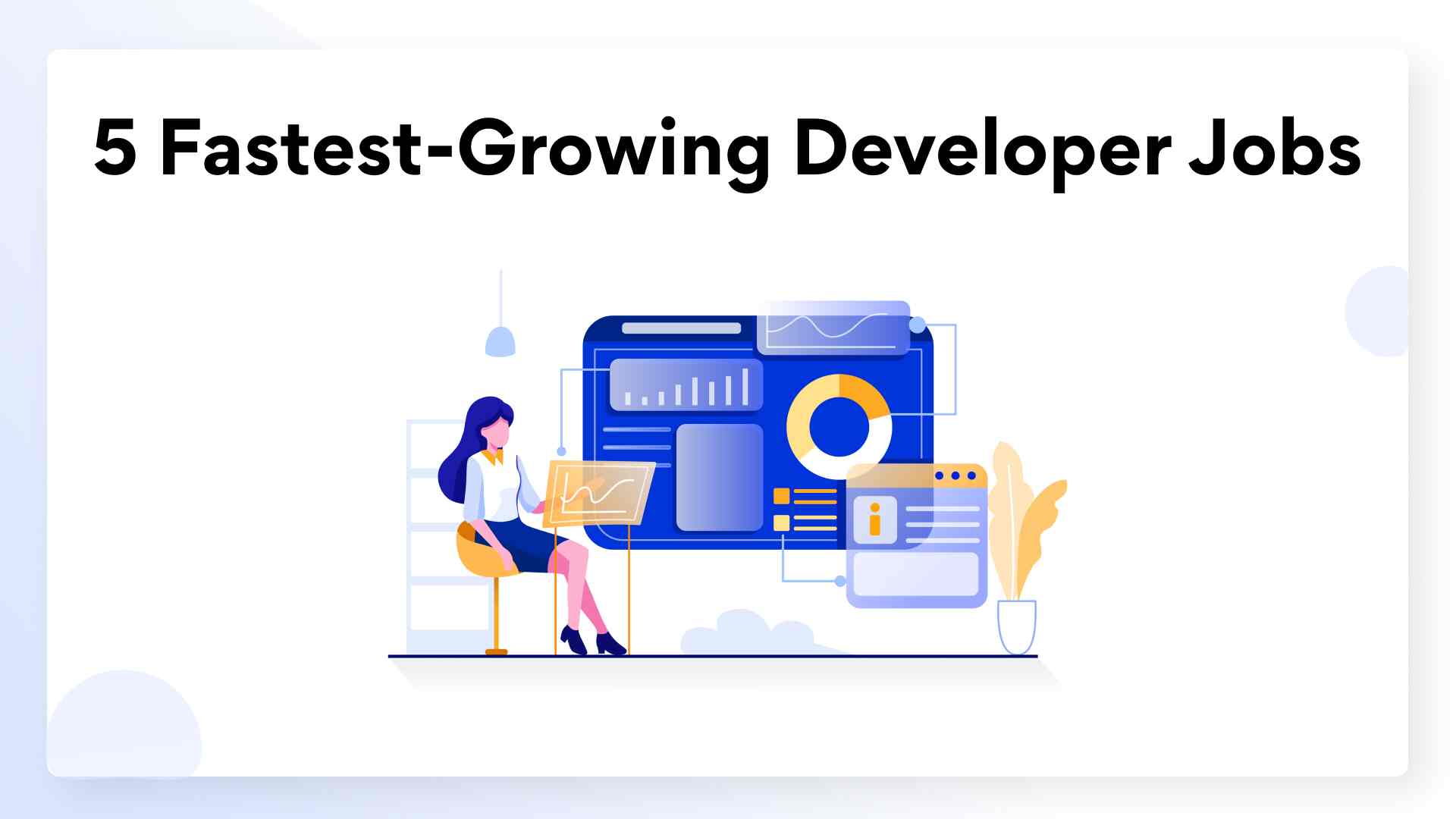
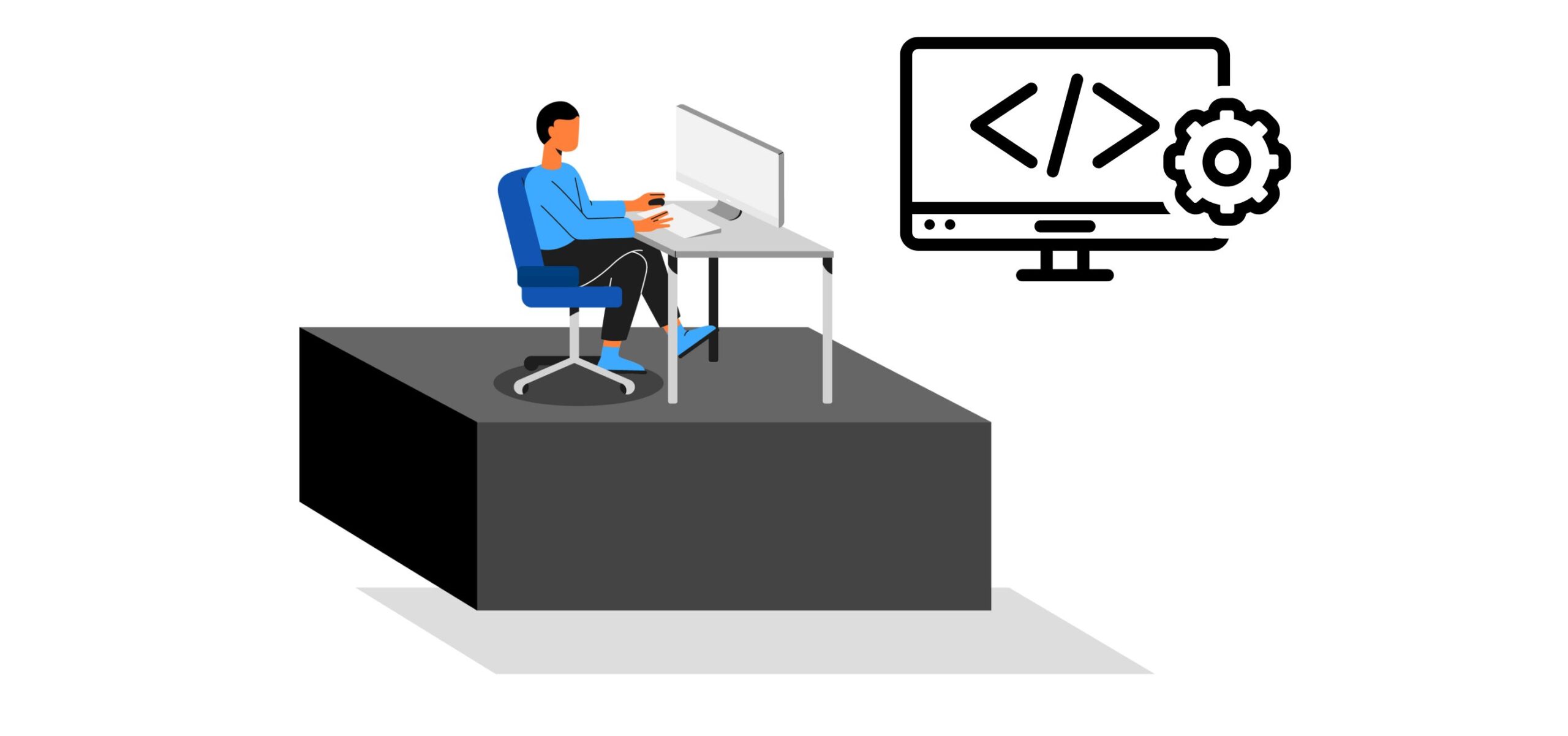

This article provides a comprehensive overview of the current state and future trends of cloud computing, including the integration of AI and ML, the use of Kubernetes and Docker for managing cloud deployment, the importance of data security, the rise of hybrid cloud solutions, and the focus on cloud cost optimization. The statistics provided in the article also demonstrate the significant growth and potential of the cloud computing market, making it an essential technology to keep an eye on in 2023 and beyond.